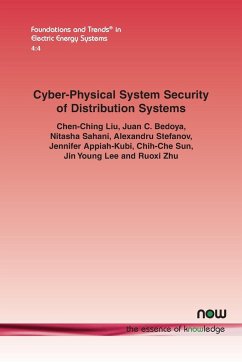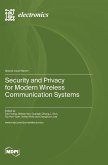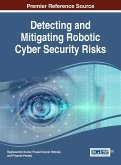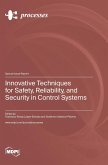Threats of cyberattacks targeting the electric power grid have been increasing in recent years. The consequence of cyber incidents on the power grid includes equipment damage, cascading events, large-scale power outages, and disruption of market functions. Government and industry have made a significant effort to strengthen the protection of the power infrastructure against cyber threats by setting standards and guidelines. This survey paper provides the basic concepts of cyber vulnerabilities of distribution systems and cyber-physical system security. Important ICT subjects for distribution systems covered in this paper include Supervisory Control and Data Acquisition (SCADA) and Distributed Energy Resources (DERs), including renewable energy and smart meters. This publication is intended to serve as a module in senior-level undergraduate as well as graduate courses in power engineering. The objective of this paper is to provide fundamental concepts of cyber security for the distribution system as a cyber-physical system. To meet the objective, vulnerabilities of cyber intrusions and mitigation strategies are discussed. The evolution of the ICT for the power grid and cyber security measures are presented, as well as the ICT in the power system environment. An overview of smart grid communication standards and protocols are included, and the detection of cyber intrusions in distribution systems are considered. Finally, simulation cases are provided.








